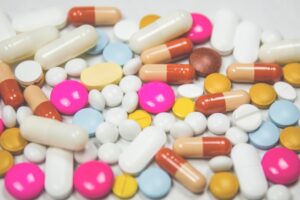The skyrocketing Rx cost story you haven’t heard yet
 From commonly used drugs such as the EpiPen, to pricey specialty drugs such as Sovaldi, the stories of consumers’ pharmacy sticker shock are all too familiar.
From commonly used drugs such as the EpiPen, to pricey specialty drugs such as Sovaldi, the stories of consumers’ pharmacy sticker shock are all too familiar.
But consumers aren’t just being squeezed at their local pharmacies. Prescription drug increases are pushing up their hospital bills, too.
Hospital drug spending increased 23.4 percent annually between 2013-2015, according to a new report from the American Hospital Association and Federation of American Hospitals. Both organizations are members of the Campaign for Sustainable Rx Pricing (CSRxP).
“Rising drug prices are making trips to the hospital more expensive no matter where you live,” said John Rother, executive director of CSRxP.
Unlike the cost of retail drugs, hospital drug costs have not been tracked systematically, according to the study’s authors, so those price increases have remained hidden from consumers.
One of the more egregious pricing increases was for a common painkiller, acetaminophen. The report says the unit price paid by hospitals rose from $12.94 in 2013 to $30.46 in 2015. That’s a 135 percent increase over two years.
The largest increase was for Daraprim, which fights infections and first came to market more than 60 years ago. The study found its unit price increased from $919.10 to $34,882.24 – a jump of nearly 3,700 percent — after Turing Pharmaceuticals acquired the drug.
“Price increases appear to be random, inconsistent and unpredictable,” the report finds. “Large unit price increases occurred for both low- and high-volume drugs and for both branded and generic drugs.”
The Campaign for Sustainable Rx Pricing has put forth a number of solutions to combat high drug prices. And Voices for Affordable Health will continue tracking the issue closely. To stay up to date, sign up for our email newsletters.